Northern Campaign Ends with Battle of Valcour Island
The Battle of Valcour Island, which took place on Lake Champlain, was the closing scene of the Northern Campaign of 1775-1776. It was one of the first naval battles of the American Revolution and, although a tactical defeat, it was a strategic victory for the American cause.
General Guy Carleton, the commander of British Canada, had spent the previous three months at Fort St. John building a fleet capable of transporting his 10,000-man army across Lake Champlain enroute to the Upper Hudson River Valley. Finally, on October 9, his fleet, which included 25 well-built warships including HMS Inflexible with eighteen 12-pound guns, was ready.
Colonel Benedict Arnold was in charge of the rear-guard of the American army retreating from Canada. His primary mission was to delay Carleton’s advance long enough for the main American army to adequately strengthen Fort Ticonderoga and Crown Point, two forts at the southern end of Lake Champlain.
Arnold, ever resourceful and energetic, immediately began to build a small navy, both at Crown Point and Skenesborough (today’s Whitehall, NY), to control the lake. Arnold, who had been a successful sea captain prior to the American Revolution, was also given command of the fleet.
In less than three months, Arnold’s crew built fifteen vessels, the largest of which were the sloops Enterprise and Royal Savage with twelve guns each. Arnold knew his small navy was too unmanageable and under gunned (only 74 relatively small guns) to stand up to the British fleet on the open water.
Arnold decided to array his fleet across the entrance to a narrow channel between Valcour Island and the New York mainland. This brilliant deployment would neutralize many of the advantages of the British fleet, and not allow Carleton’s ships to fully engage the Americans all at once.
On October 11, the British fleet sailed up Lake Champlain, looking for Arnold’s ships, and finally spotted the American vessels in Valcour Island’s narrow channel in battle formation. Struggling to head north against a strong head wind and confined by the position chosen by Arnold to deploy his vessels, Carleton’s ships could only attack the Americans piecemeal.
Henry Gilder. “View of Battle of Valcour Island.” Wikimedia.
The fight started around 12:30pm and lasted until sunset by which time the larger British warships, especially the Inflexible, had greatly damaged their American counterparts. Most of Arnold’s ships were sunk or in bad need of repair, and he had lost about 60 sailors. The British losses were much less.
With darkness setting in, Carleton called off the ships and planned to finish the destruction of the American fleet in the morning. Arnold, taking advantage of the moonless night, muffled the oars of his ships and silently slipped through the British lines, making his escape towards Crown Point. Carleton, much to his surprise, awoke in the morning to find Arnold gone.
Carleton immediately got his ships in motion and by mid-morning on October 13 had caught up with the now damaged, and much slower, American vessels. Arnold ordered his fastest ships to outrun the others if they could and he led the slower ones to a cove too small for the British ships to enter. Here, Arnold burned his ships and made a daring overland march to Crown Point. Realizing this fort could not be defended, he destroyed and abandoned it and marched his men to Fort Ticonderoga, ten miles away.
Carleton landed his men at Crown Point on October 15 and remained there for two weeks, seemingly uncertain as to his next move. The Americans at Fort Ticonderoga, waiting for his attack, were baffled, happily so, by his hesitation. Although the fort had been greatly strengthened while Arnold was delaying the Redcoats, they did not relish the coming assault.
After studying the situation, Carleton felt Ticonderoga was too strong to capture without his heavy field guns which were back at Quebec City. He was also worried that it was too late in the season to implement a siege. Consequently, Carleton retreated to winter quarters in Canada, forced to wait until the Spring of 1777 to complete his conquest of the Lake Champlain corridor and link up with General Howe’s forces in New York.
As events turned out, the delay of the British advance upon the Upper Hudson River Valley caused by the rearguard actions of Colonel Benedict Arnold had important consequences for the American cause.
By the time the invasion took place in 1777, Guy Carleton had been replaced by General John Burgoyne, less capable and less knowledgeable than Carleton, and the Continental Northern Army had been greatly strengthened. Instead of an unconfident army back on its heels, British forces faced a formidable foe. The result would be the British disaster at Saratoga which led directly to the Treaty of Alliance with France and that country’s entry into the war.
Until next time, may your motto be “Ducit Amor Patriae,” love of country leads me.
This article is the eighth in an eight-part series.

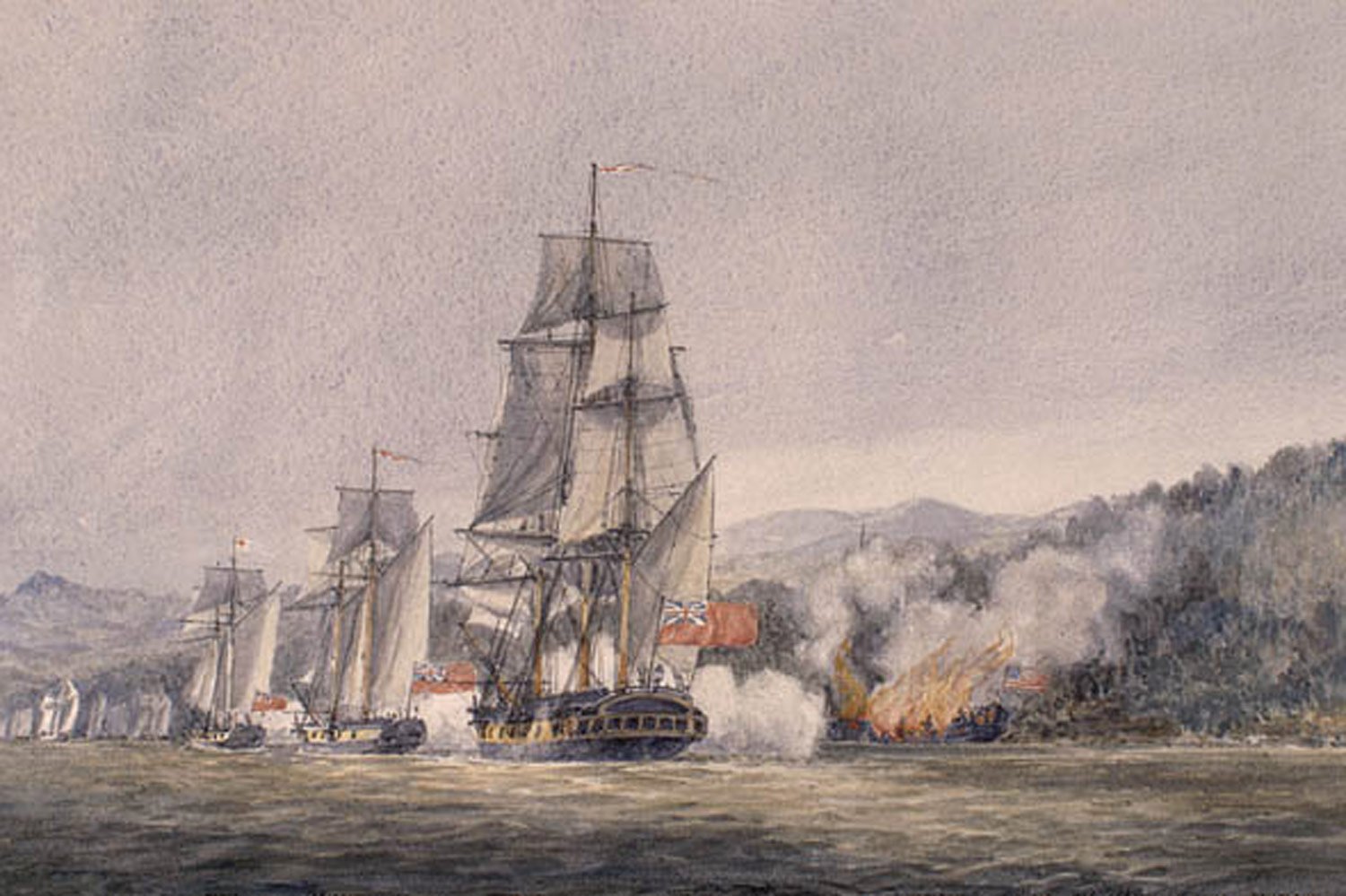

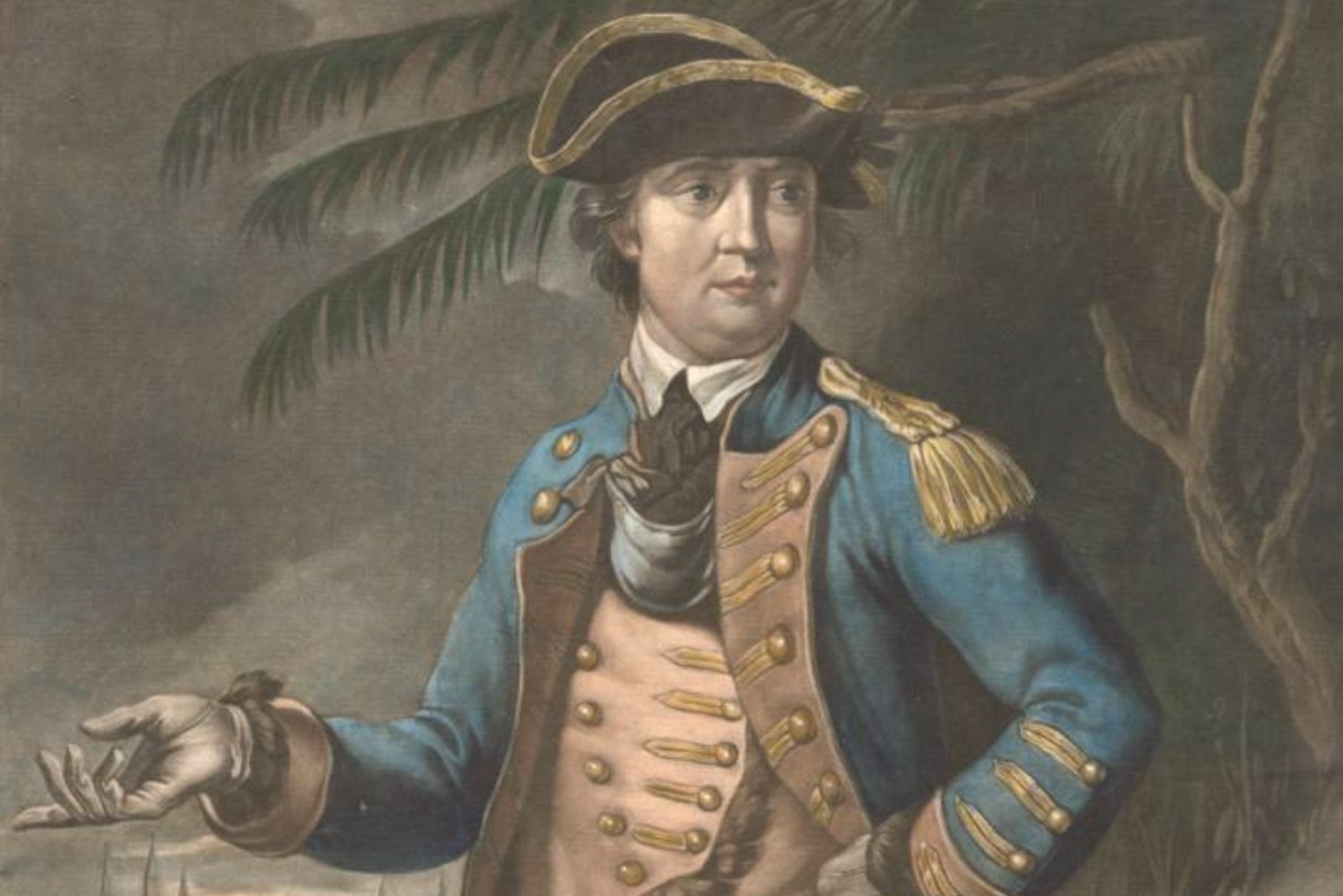
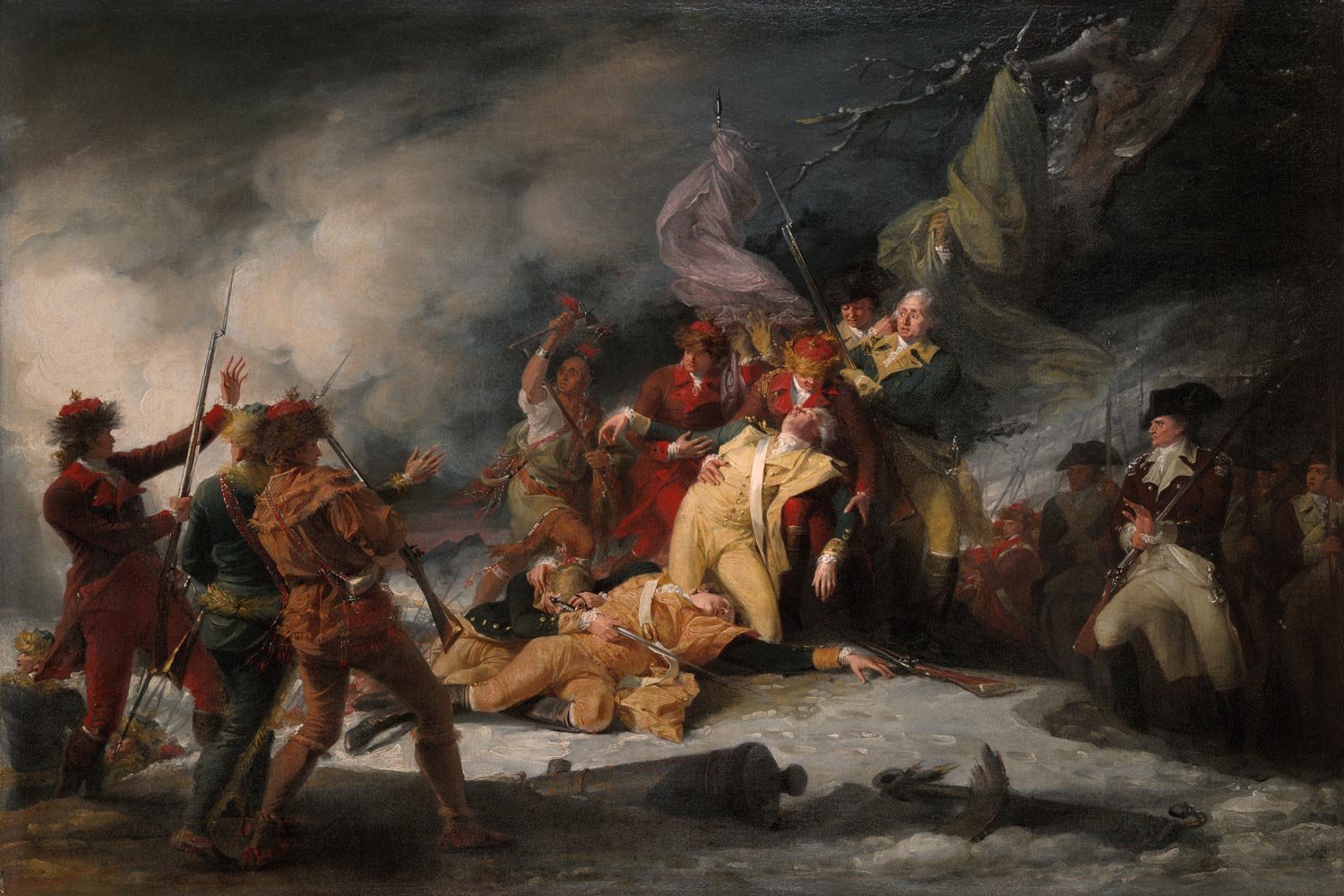
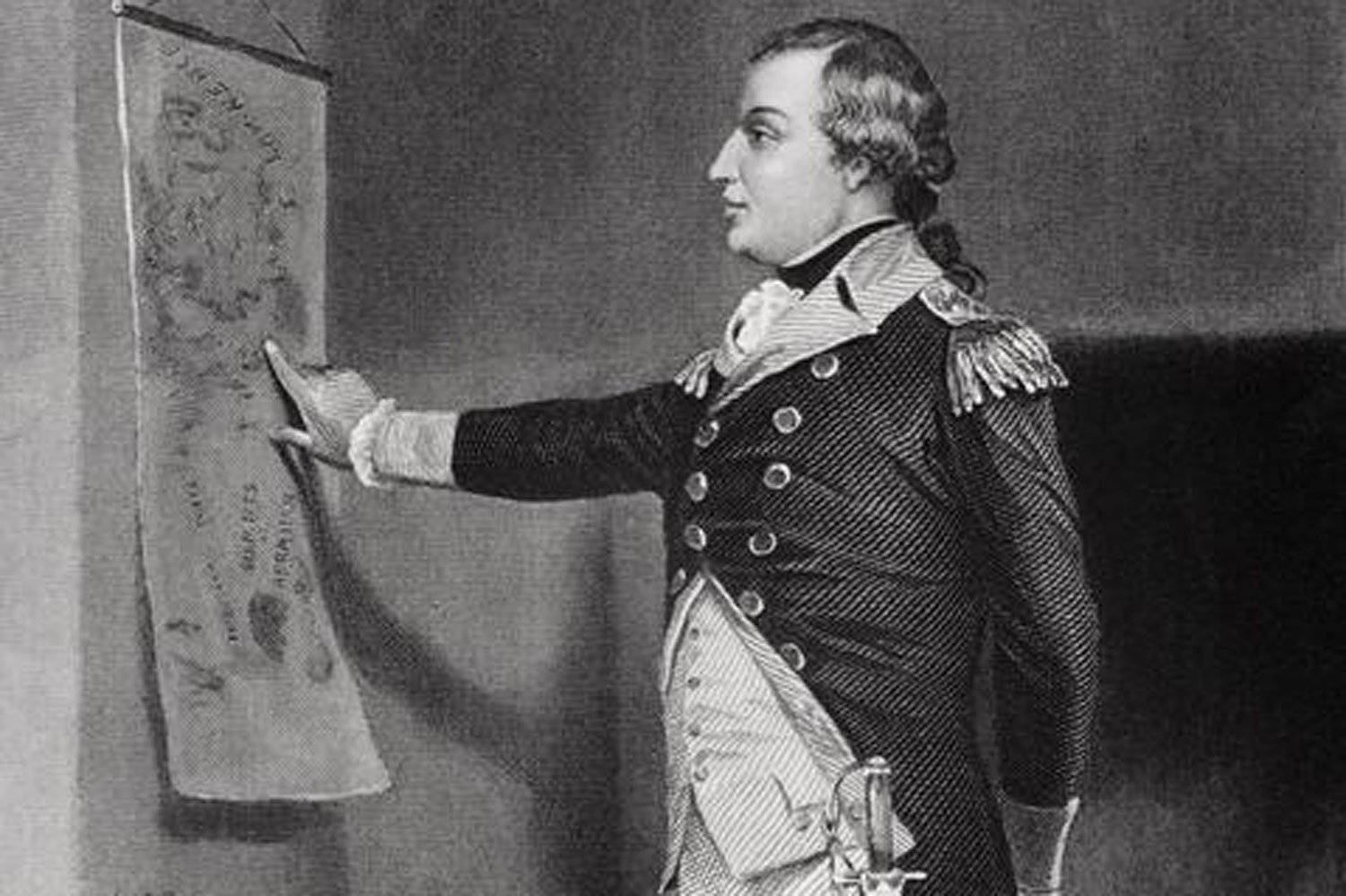
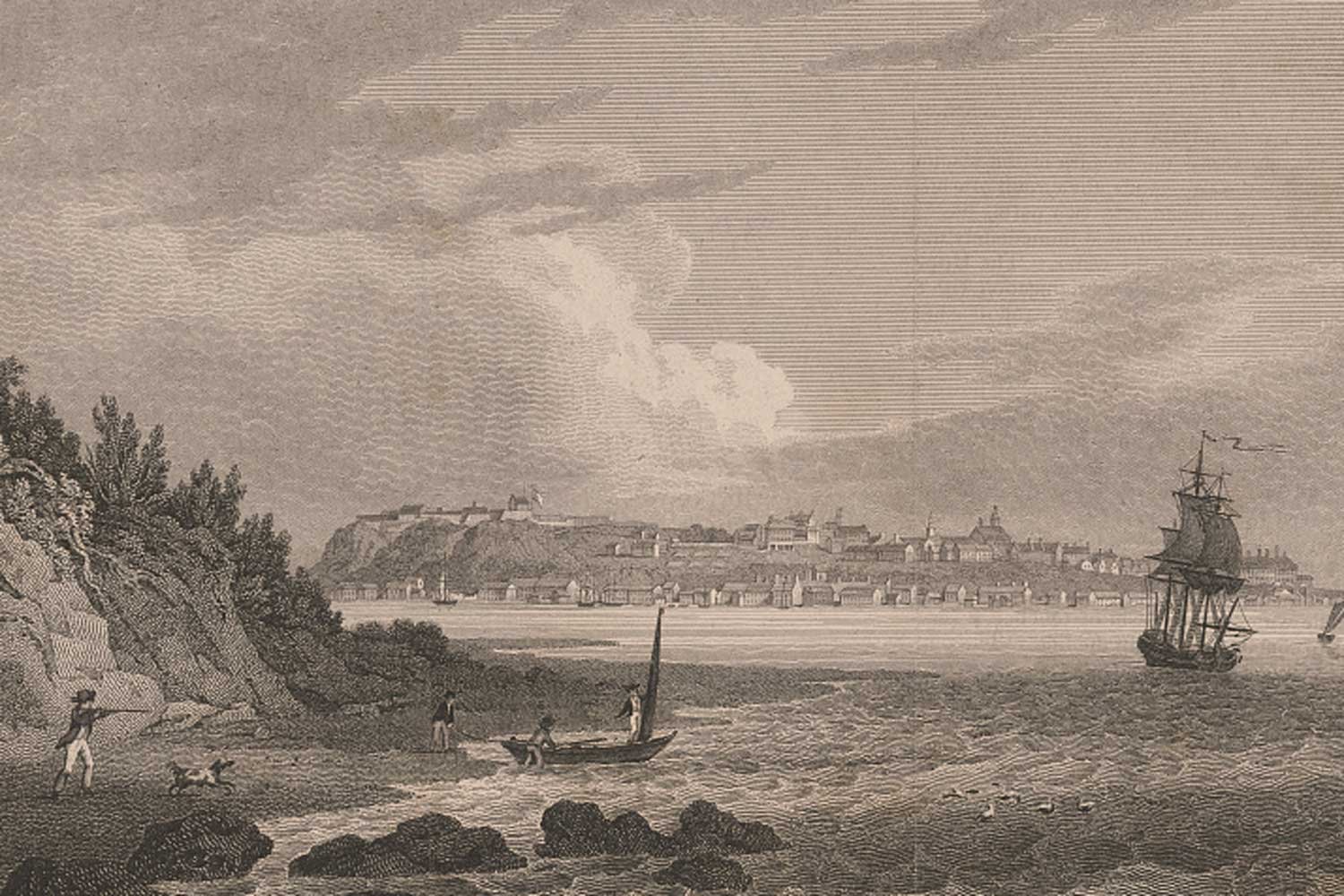
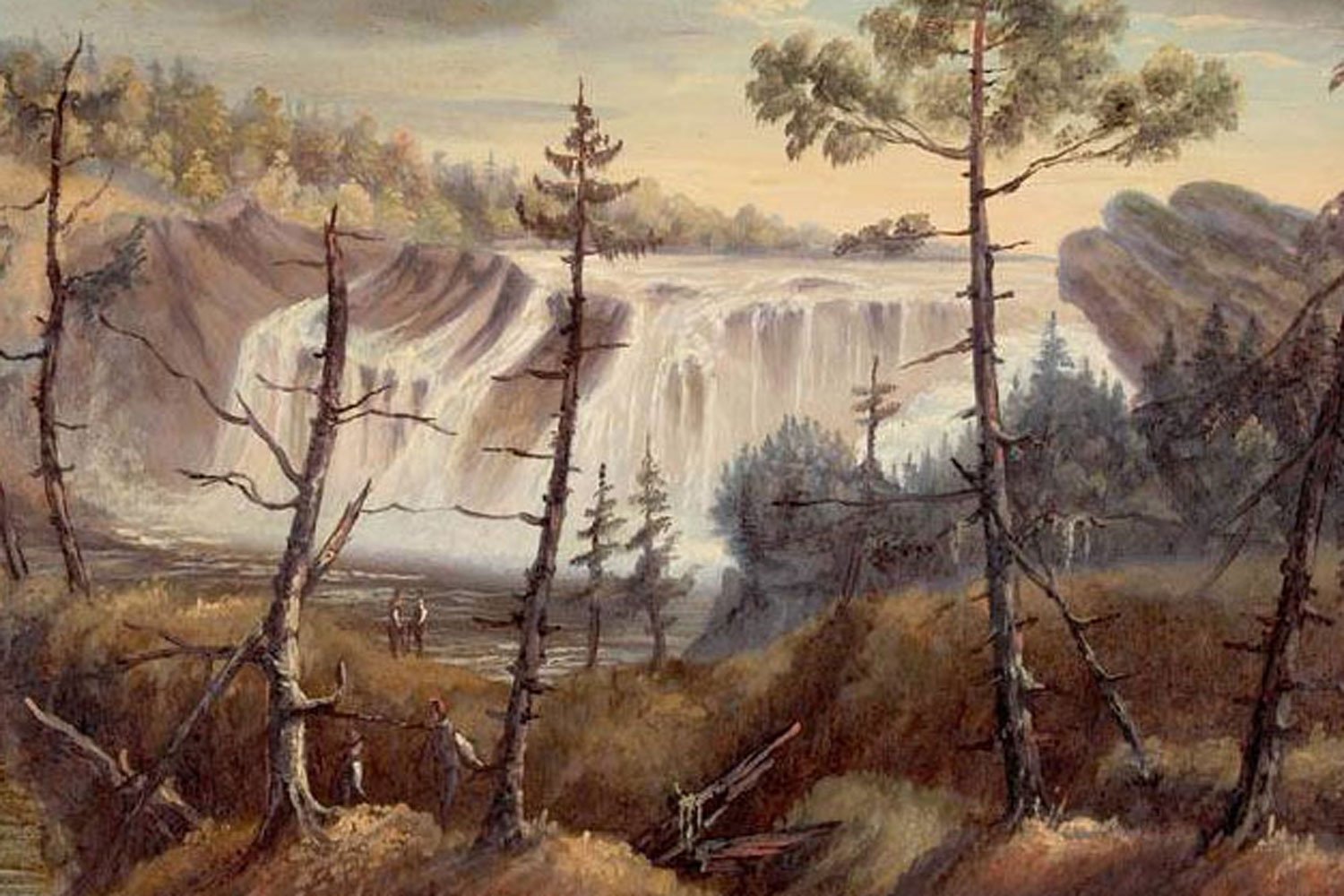
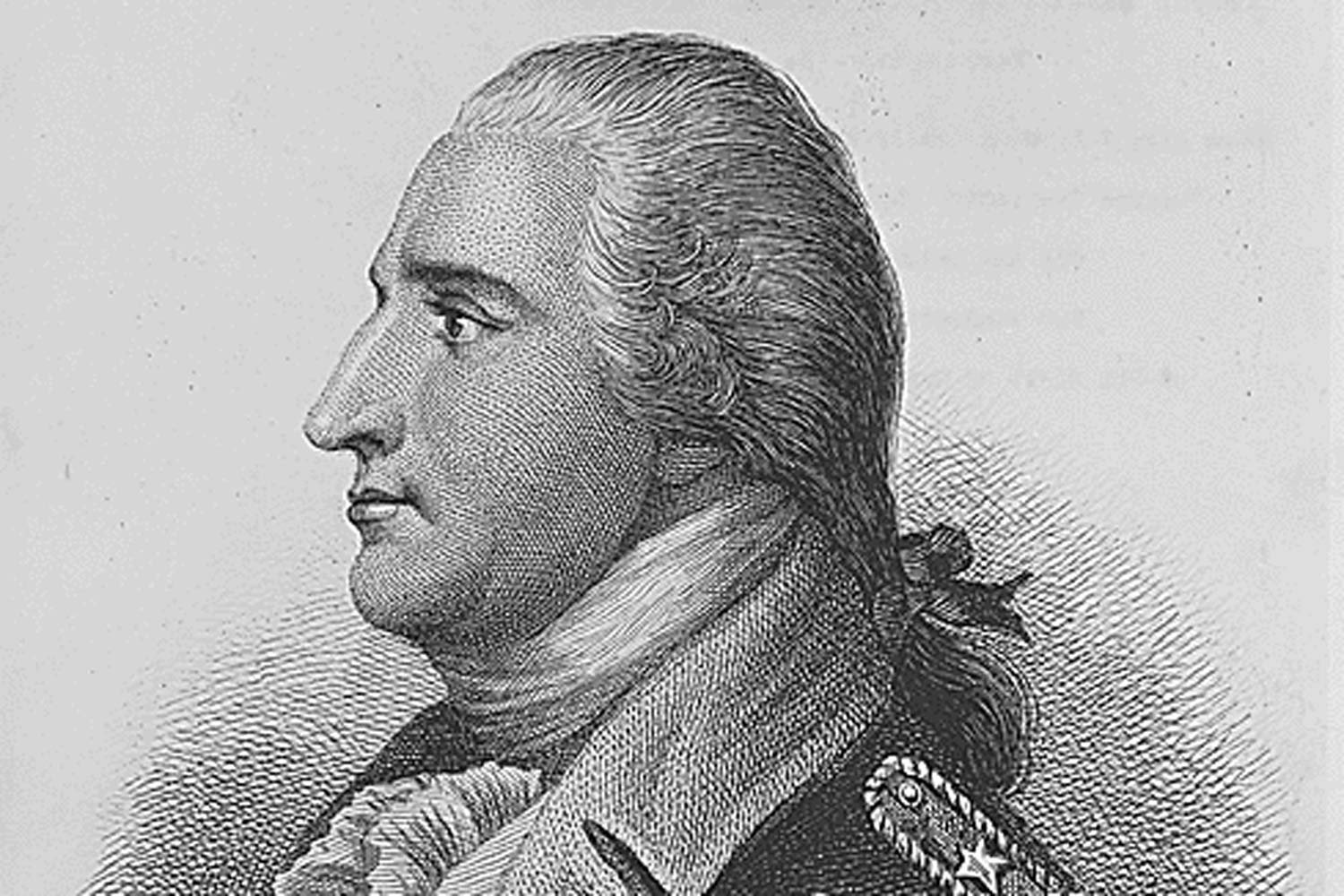
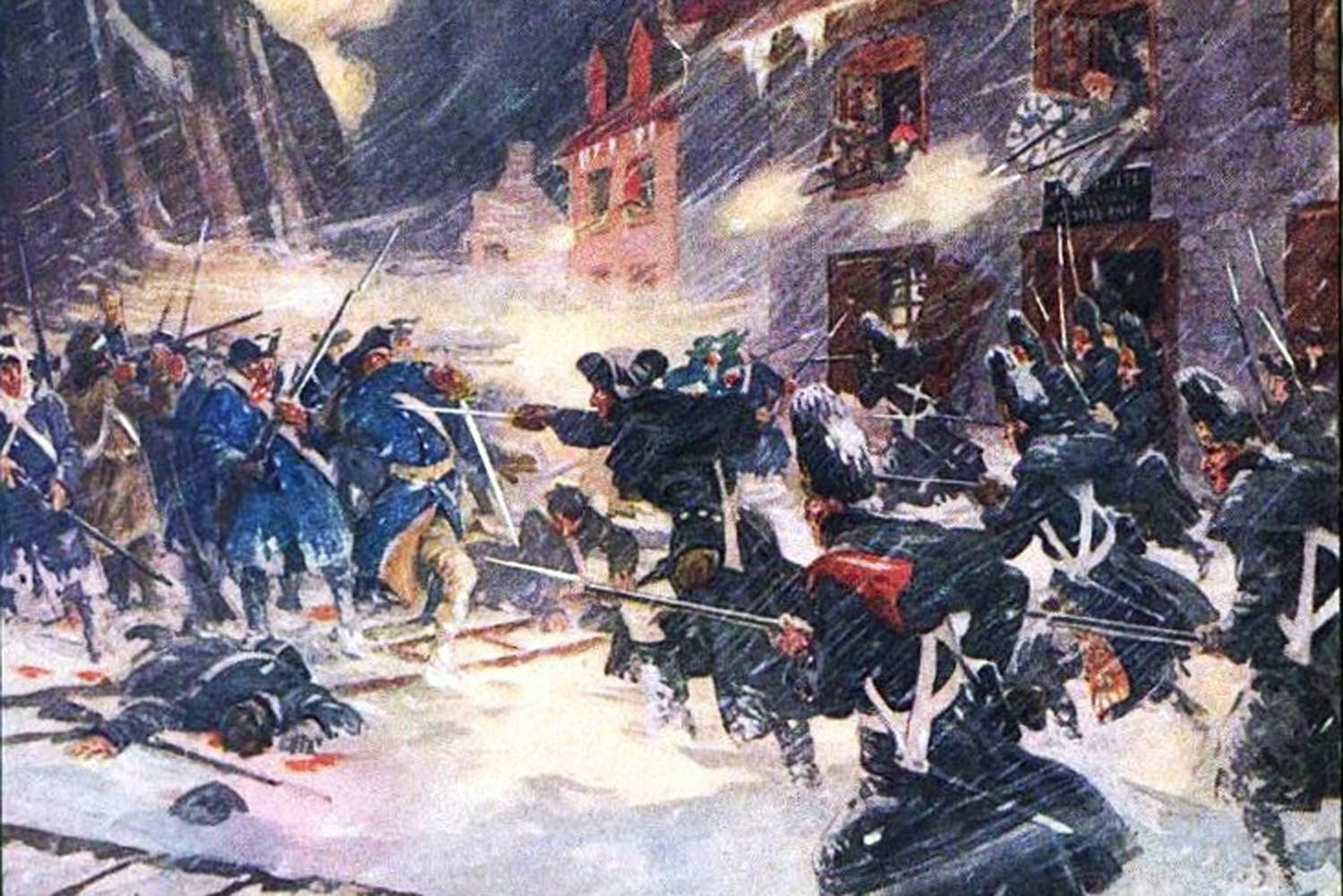
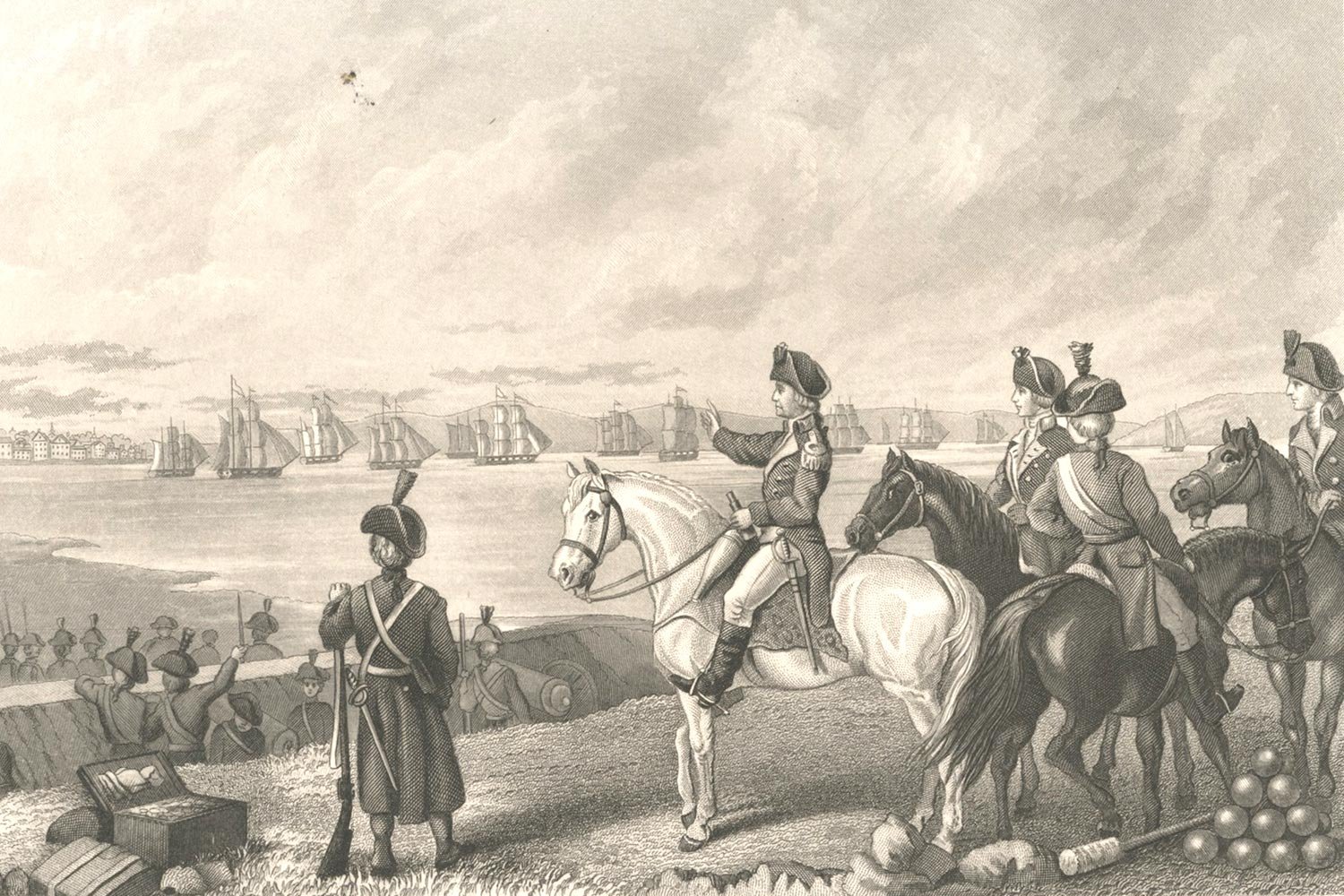
Despite his early successes of capturing Fort Ticonderoga and defeating the American rear guard at both Hubbardton and Fort Anne, Burgoyne now faced the greatest adversary of an army invading a foreign land: a lengthening supply line. As Napoleon remarked, an army marches on its stomach and the British soldiers were no exception.